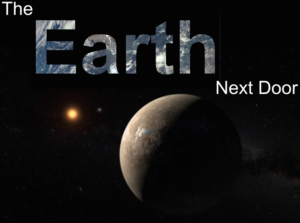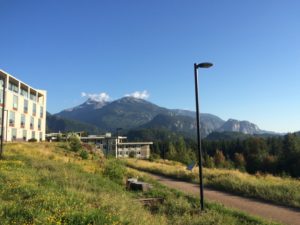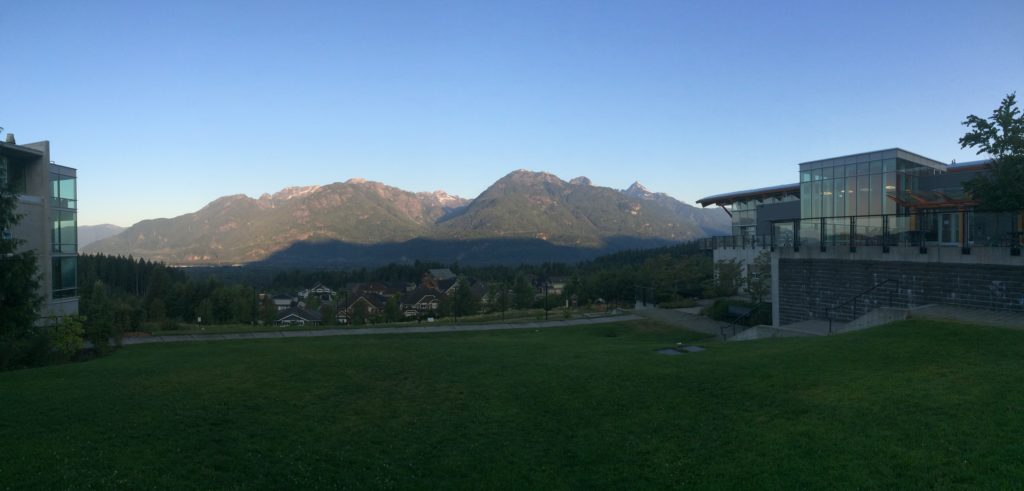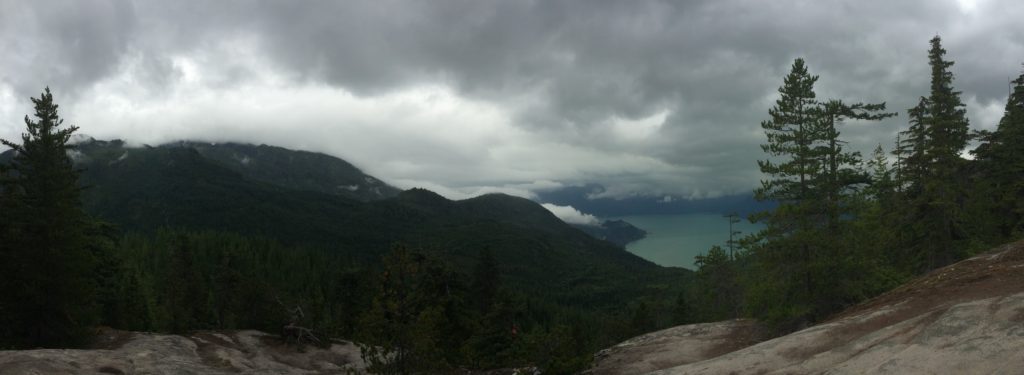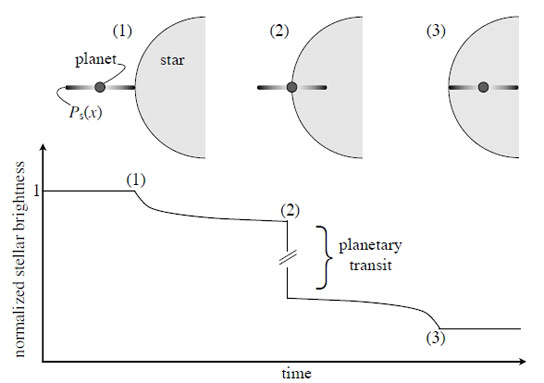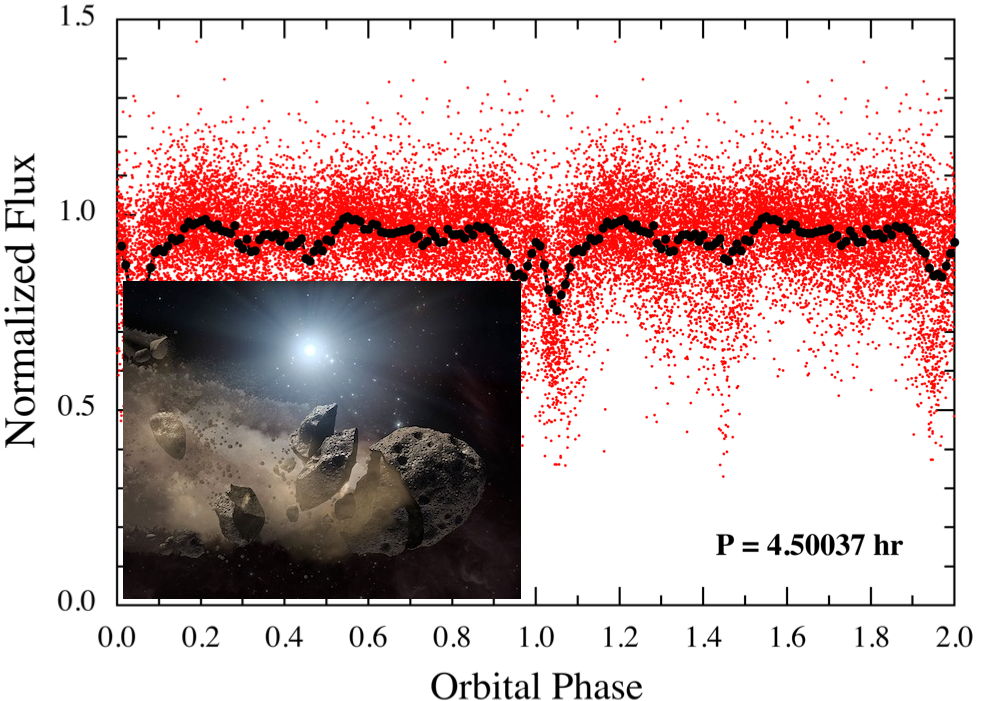 In the three years since my daughter was born, the one lesson I’ve managed to wrench for the morass of toddler tantrums and sleepless nights is that, like all people, children are complicated and no two are exactly alike. However, decades of childhood development studies have shown at least one interesting (if sad) commonality — stress during childhood can stunt a child’s mental (and even physical) growth.
In the three years since my daughter was born, the one lesson I’ve managed to wrench for the morass of toddler tantrums and sleepless nights is that, like all people, children are complicated and no two are exactly alike. However, decades of childhood development studies have shown at least one interesting (if sad) commonality — stress during childhood can stunt a child’s mental (and even physical) growth.
Like our understanding of child development, our understanding of the formation and evolution of planets, from the largest gas balls to the smallest icy specks, is still in its infancy. And the bewildering variety of exoplanets discovered in recent years has challenged even the fledgling comprehension we once had.
Particularly puzzling is the class of exoplanets known as sub-Neptunes or super-Earths. These planets are somewhere between the Earth and Neptune in size, many rich in hydrogen and helium. Even though they seem to be the most common type of planet in our galaxy, how they form is still an open question.
We understand a little better, though, how they grow up, and a recent paper by Chen and Rogers develops a new model to track the evolution of super-Earths after they form, as the planets age over billions of years.
The study applies this new model to investigate how we can use the size of a super-Earth to determine what the planet’s made out of. Normally, you’d need at least a planet’s mass AND size to constrain its composition, but several recent studies, including Chen and Rogers’s, show that the size of a super-Earth is mostly sensitive to the mass of its atmosphere — add just a little atmosphere to a super-Earth, and its radius blows up a lot. This result is hugely useful since most exoplanets only have their radius, not their mass, measured.
Chen and Rogers also explore the effects of atmospheric loss on super-Earths. Many known exoplanets are so close to their host stars that they are actively losing their atmospheres to space. Chen and Rogers show that this mass loss can completely remove the atmospheres of a very small super-Earth and remove a lot of the atmosphere from a large super-Earth, like childhood stress, leaving the planet stunted.
The upshot is that super-Earths with atmospheres that are small but not too small (about 1% of the planet’s mass) preferentially retain the atmosphere. Consistent with other studies, this result helps explain the otherwise puzzling frequency of super-Earths with smallish atmospheres.
In this age of open-source code, Chen and Rogers plan to make their model publicly available. So soon anyone will be able to raise a super-Earth from adolescence into adulthood and finally senility.
